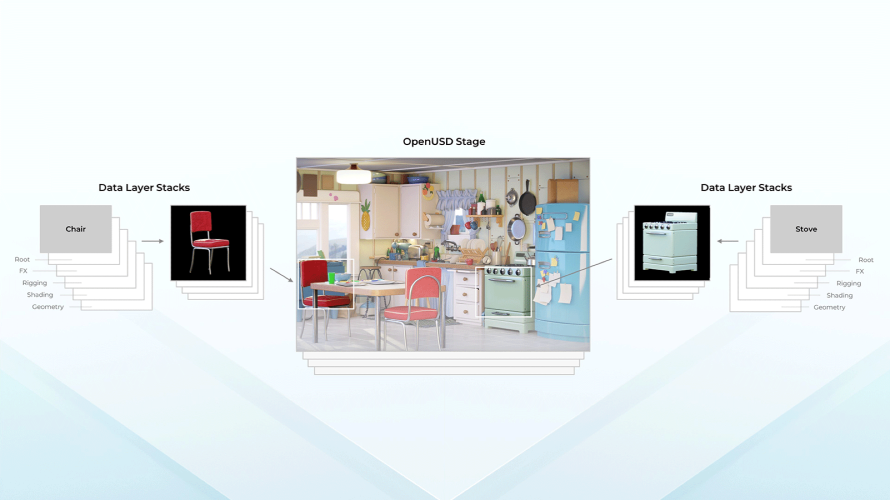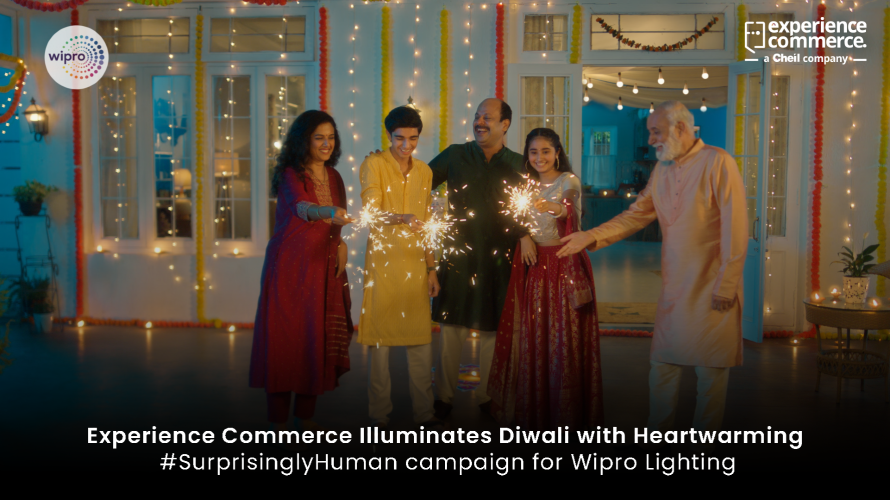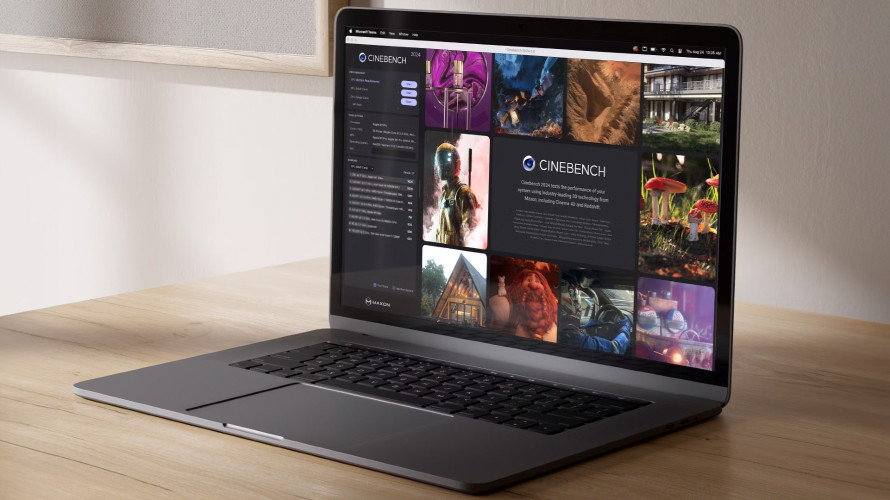3D for Cinema, ProAV and Events

Author: Bob Pank#
Published 1st January 2013
Over more than a century of motion picture presentations there have been periods when 3D has emerged, and each time interest has faded away. The latest 3D wave goes back to the advent of digital technology for cinemas. Digital Cinema Initiatives (DCI) was formed in 2002 and delivered its first DCI Specification in 2005, when Doremi was well ahead with the necessary technology for a DCI-compliant player. It was very soon clear that digital cinema technology could sweep aside many of the shortcomings of the film-based 3D presentations, and so open the door to a new 3D era. The digital medium is far more accurate than film could ever be. With no film weave, sparkles, scratches, frame hops or wear, digital cinema delivers, steady, clean, sharp, in-sync presentations that are as good on the 200th run as the first. This is the perfect medium to provide a comfortable and exciting viewing experience for stereoscopic 3D movies.
Doremi was involved with early 3D trials and presentations. Among these was the showing of a full digital 3D movie at Cannes 2003, where the company provided the 3D image replay for James Cameron’s ‘Ghosts of the Abyss’ from two synced V1-UHD uncompressed HD servers. This showpiece presentation went perfectly and wowed the celebrity-packed audience.
Today’s DCI-compliant movies are stored as compressed JPEG-2000 images providing visually lossless 2K and 4K sized pictures at 24 frames/second from a data stream of up to 250 Mbits/s provided by a single server. Doremi DCP-2000 cinema servers provide 2D and 3D playback for 2K movies from a single unit. Given that many projectors can handle at least double (48 f/s) frame rate needed for 3D, then the left- and right-eye images can be shown sequentially from one projector. With the addition of a 3D viewing system – such as RealD – digital 3D movie presentations became a reality.
More recently the combination of the newer ShowVault player interfaced with Doremi’s IMB (Integrated Media Block – housed inside Series 2 DLP projectors) provides both 2K and 4K capability. Over 14,000 Doremi IMBs are already in operation and HFR (higher frame rate) capability is included in the latest (free-of-charge) IMB firmware release. This moves beyond traditional cinema’s relatively slow 24 f/s frame rate to, typically, 48 or 60 f/s – very much reducing the flicker that some viewers see with 3D. In addition the perception of movement becomes much more fluid and life-like in 2D and 3D. Another complaint about 3D is that the images look dark, possibly because of the glasses. To combat this, and to generally improve the cinema experience, new laser projection technology can deliver much brighter images – and again a much better 2D and 3D cinema experience.
Although there remain concerns about the stereo 3D we have today, the technology is clearly not standing still. The uncomfortable (for some) viewing and the need to wear glasses, especially at home, are cited as problems. Away from home, in the cinema, events and ProAV markets, the glasses are far more acceptable and 3D enhances the audience experience. For events and ProAV, Doremi’s DSV-J2 benefits from digital cinema developments to provide high quality 2D and 3D playbacks suitable for large-screen venues. It features MPEG2 MXF and visually lossless JPEG-2000 MXF file playback for HD (19201080) and 2K (20481080). Widescreen 3D playback is achieved by sending a unique SDI stream to each of two projectors. There is also eight-channel audio (48 kHz, 24-bit), frame-accurate LTC output to synchronize external equipment and CineLister software for scheduling.
Support equipment from Doremi includes the RAPID Mastering Station for high volume DCI-compliant requirements. Also CineAsset is a complete software-based mastering suite. This increasingly popular solution can create and playback encrypted (Pro version) and unencrypted DCI-compliant packages from virtually any source – particularly useful for the ProAV and events markets where a wide range of source formats may be encountered. Dimension-3D is a universal 3D format converter from any 3D format (up to 2K) to any other. It also includes frame-rate conversion and can fit into virtually all stereoscopic workflows so any 3D input stream format can be used with all types of currently available displays, including high-end projectors and the latest generation of 3D-ready flat screens. Other applications include converting stereoscopic camera rig outputs for recorders and displays, and enabling double-stack 3D projection. For 3D test patterns Generation 3D has a pre-loaded 3D test pattern and accepts custom patterns via SD card. It can accommodate all 3D formats (side-by-side, dual stream, etc) and many video formats including 2K 24fps and 1080p up to 60 fps.
Viewing well-made 3D can be spectacular but will always make extra demands on the viewer, who has to perceive image depth. Now the 3D experience on big screens is steadily improving with HFR now – see The Hobbit – and the prospect of brighter projection in the future.






























